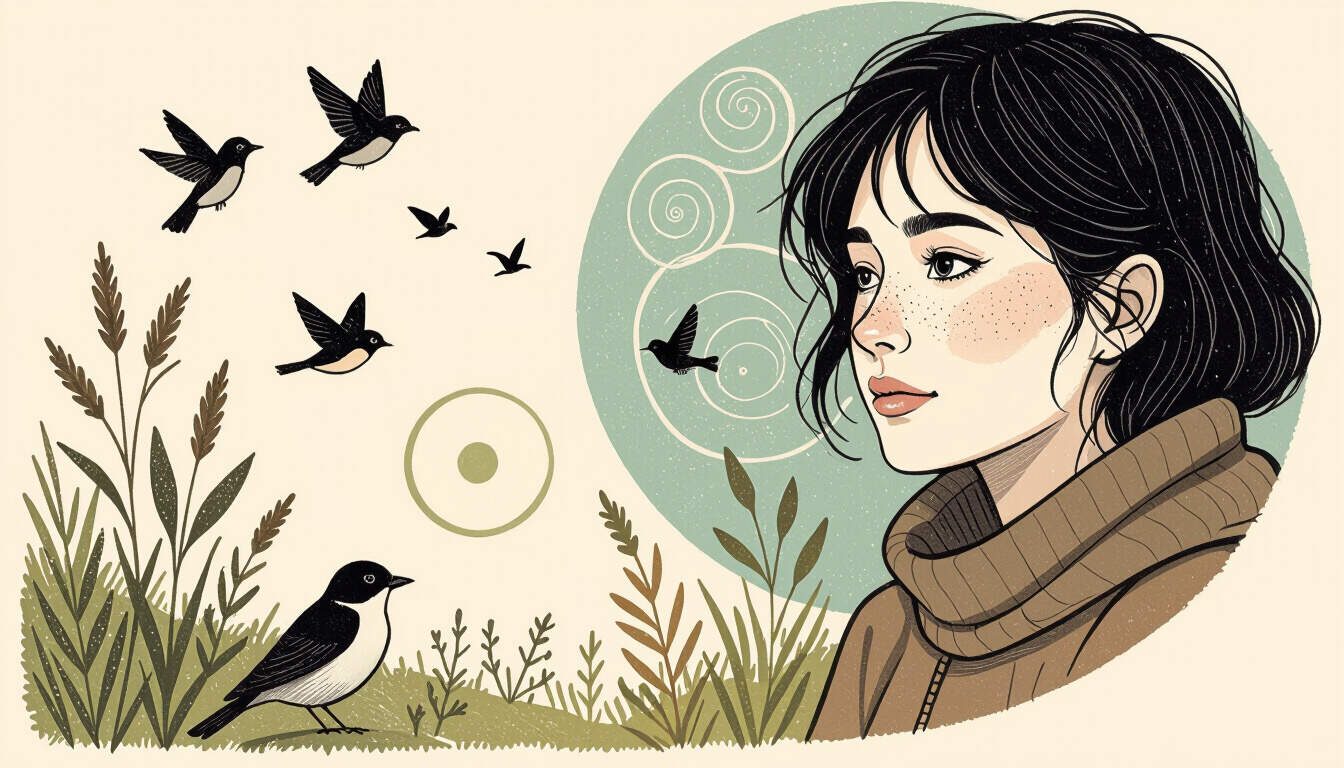Feedback Loops and Second-Order Thinking in Birdwatching
 by Max Miller
by Max Miller
Discover how birdwatching serves as a practical arena for applying feedback loops and second-order thinking. This hobby fosters deeper cognitive skills through observation and reflection, benefiting professionals, students, and enthusiasts in personal growth and systems thinking.

Birdwatching offers a fascinating way to engage with nature, blending observation with analytical skills. In this context, feedback loops play a key role, where actions and outcomes create cycles that enhance learning. For instance, a birder might note bird behaviors and adjust their approach based on what they observe, leading to improved sightings over time.
This process begins with basic observation. When birders track species in their habitats, they enter a cycle where each outing provides new data. This information influences future trips, creating a loop that refines techniques and knowledge. Such loops are evident in how environmental changes affect bird patterns, prompting birders to adapt their methods accordingly.
Moving deeper, second-order thinking involves looking beyond immediate results. In birdwatching, this means considering the broader implications of observations. For example, noticing a decline in a particular bird species might lead to questions about habitat loss or climate effects. This level of thought encourages birders to explore cause-and-effect relationships that extend past the initial sighting.
To illustrate, imagine tracking a flock of migratory birds. At first, the focus is on identification and counting. But with second-order thinking, one might ponder how human activities impact migration routes. This reflection can spark actions like supporting conservation efforts, which in turn affect the very systems being observed.
The Role of Feedback Loops in Skill Development
Feedback loops are essential for personal growth in hobbies like birdwatching. They operate when repeated practice leads to better outcomes, which then inform further practice. A birder who starts with basic field guides might use initial successes to delve into more advanced resources, creating a reinforcing cycle.
In practice, these loops can be positive or negative. A positive loop occurs when accurate bird identification boosts confidence, encouraging more frequent outings. Conversely, challenges like poor weather might disrupt observations, leading to adjustments that prevent future issues. By recognizing these patterns, individuals can optimize their experiences.
For professionals in fields such as environmental science, birdwatching provides real-world applications of these concepts. It allows them to apply analytical tools from their work to everyday activities, bridging theory and practice.
Integrating Second-Order Thinking for Deeper Insights
Second-order thinking pushes beyond surface-level engagement. In birdwatching, it involves anticipating long-term effects of behaviors. For students studying biology, this could mean analyzing how bird populations interact with ecosystems, fostering a holistic view.
One effective way to apply this is through journaling observations. By documenting patterns over time, birders can identify trends and predict future occurrences. This method not only sharpens cognitive processes but also supports systems thinking, where interconnected elements are considered.
Curious individuals might find that this approach extends to personal development. Reflecting on one's own learning process in birdwatching mirrors broader life strategies, helping to build resilience and adaptability.
Practical Examples and Benefits
Consider a scenario where a birder notices birds avoiding a certain area. Initially, this might seem coincidental, but applying second-order thinking reveals potential underlying factors, such as pollution or predation. This insight can lead to community involvement, like reporting to local groups, which creates a feedback loop of awareness and action.
The benefits extend to cognitive enhancement. Regular engagement with these ideas in birdwatching improves problem-solving skills and encourages a more thoughtful approach to challenges. For those in personal development, it offers a framework for self-improvement.
In summary, birdwatching is more than a leisurely pursuit; it is a platform for exploring second-order thinking and feedback loops. By embracing these elements, participants gain valuable tools for analyzing systems and fostering growth, making it an enriching activity for all involved.
